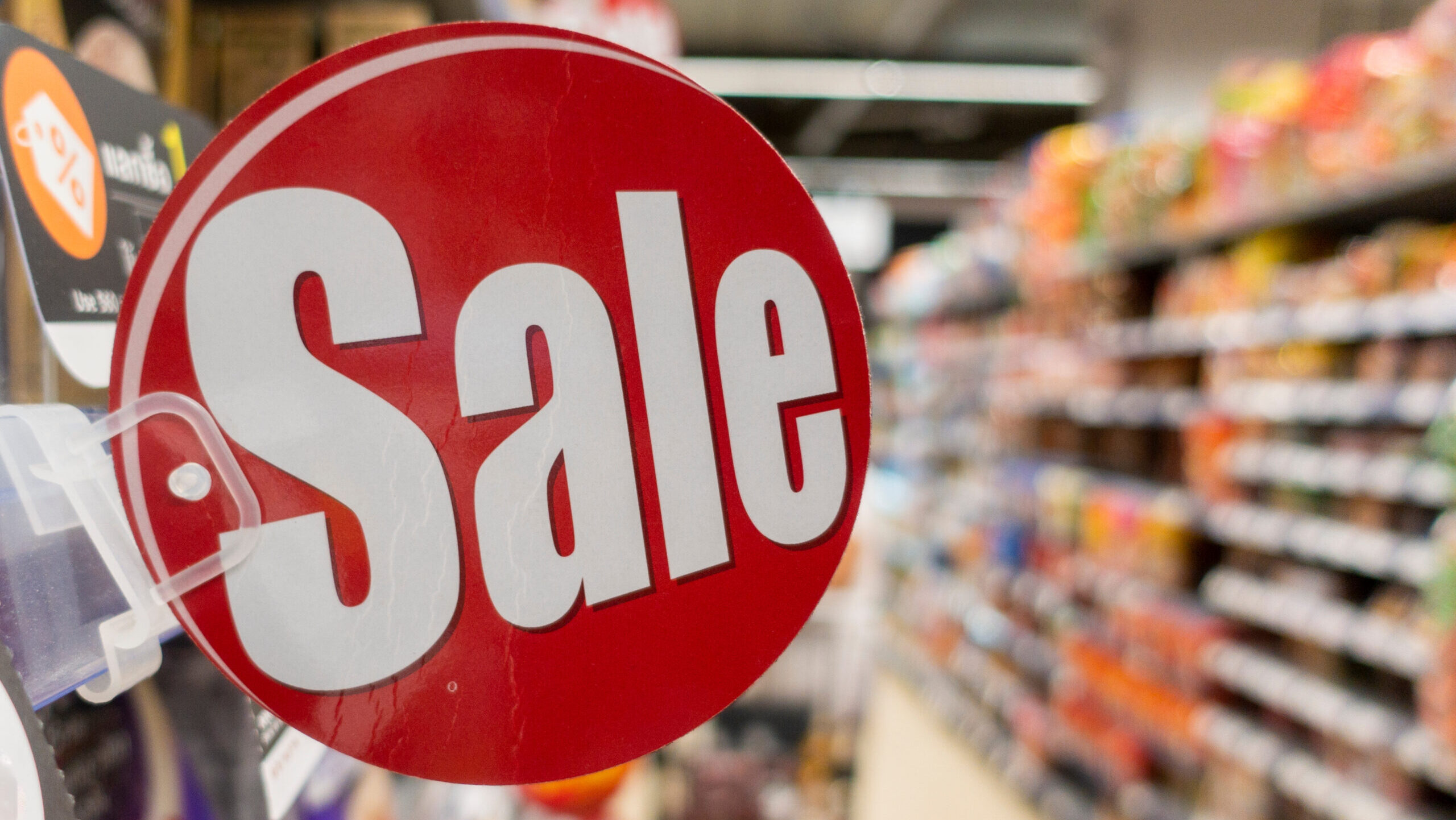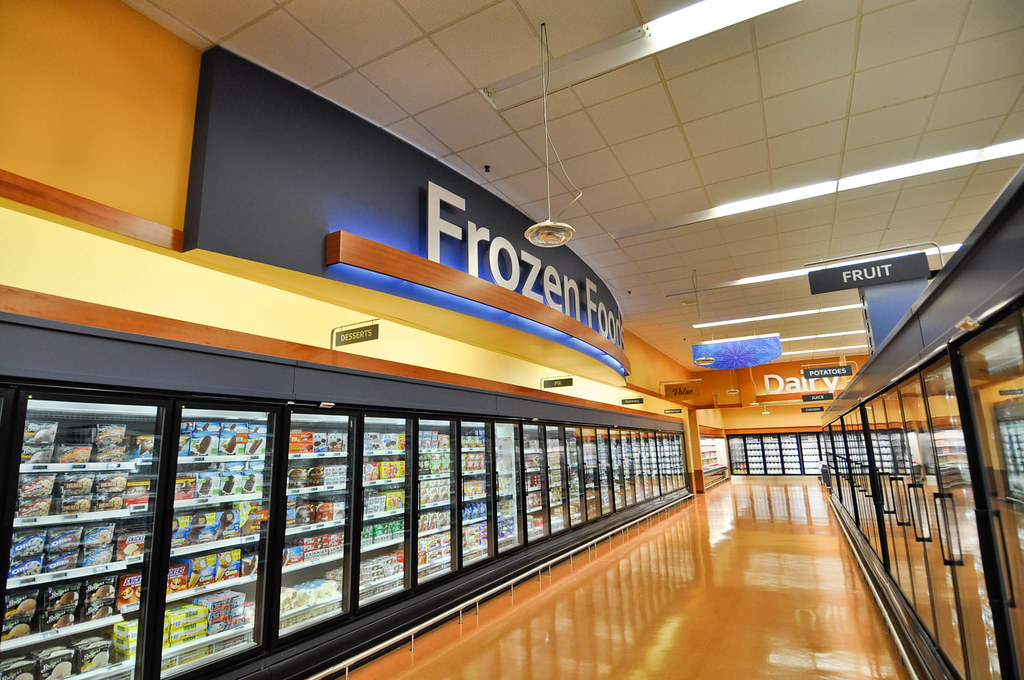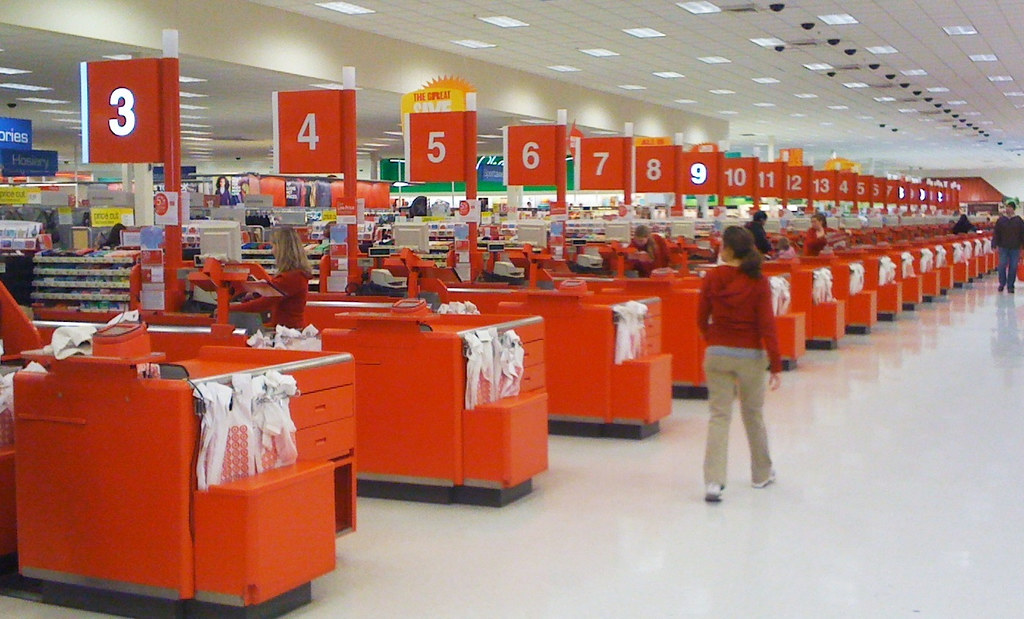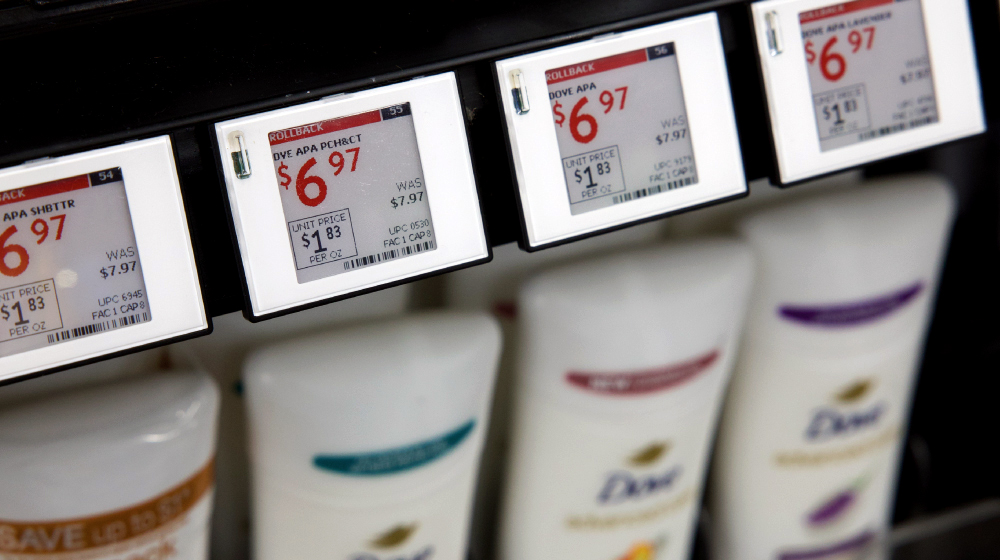It’s not just the days that are getting shorter – the amount of time between glimpsing ghouls and buying roof clips for Rudolph is shrinking, too.
Home Depot sold out of its first run of 12-foot holiday skeletons in late July. Target and Walmart are already gearing up for the retail holiday season, and as Amazon prepares its second annual Prime Early Access Sale in October – a 100-million-items-sold e-commerce extravaganza last year – no one is safe from holiday “retail creep.”
The pandemic can’t quite account for the sheer volume of holiday bric-a-brac seen in retailers since the anemic consumer demand of 2020 slowly gave way to increasingly voracious holiday spending in the years since. In 2021, Walmart and Amazon began holiday sales and promotions in October and this year’s Labor Day sales saw several glimpses of snow-capped frivolity for many in-store and online vendors large and small.
“Shoppers plan to celebrate Halloween in a traditional way this year,” said Barbara Connors, VP of strategy and acceleration at 84.51°, to The Food Institute. Per its September Consumer Digest survey, Connors said 34% of consumers won’t cut back on expenses, 36% will cut back on decorations, 32% on costumes, and 27% on beverages.
Among those who celebrate the holidays, more than 20% of consumers have begun planning not only for Thanksgiving but for Christmas as well.
“In fact, many customers plan to take advantage of an extended holiday shopping season to manage budgets, which continues to be important to many in this inflationary environment,” Connors added. “Per our Consumer Digest survey, 29% of customers say they start holiday shopping early to spread out their expenses.”
“Retailers’ response to the slowdown in discretionary spending is to lean into tentpole occasions such as the holidays to convince consumers to open their wallets,” said Zak Stambor, an executive at Insider Intelligence, to CNN.
But just how much consumers plan to budget for holiday treats, trinkets, and trifles may put some on the naughty list (at least in the eyes of retailers), because according to Bain & Co., U.S. holiday retail sales growth will be sluggish at best at just 1.0%, the lowest sales growth since the 2008 financial crisis.
Making Digital Lists (and Checking Prices Twice)
Per Bain’s analysis, retail sales have been relatively slow, up just 4.0% year-over-year. What’s more, most of that growth is from e-commerce, though in-store categories such as health, personal care, and food and beverage are thriving.
Last year, digital retail in the U.S. accounted for almost 22% of total retail sales (up almost 1% from the year before). This year, the story may be different—according to the recent Nfinite Holiday Shopper Report from Nfinite, consumers will shop earlier and spend less this year as they grapple with tighter budgets and food prices that force families to favor frugality.
Nfinite’s survey of over 1,000 consumers found:
- 50% of consumers will start holiday shopping earlier this year
- 76% prioritize price when considering gift purchases
- 66% are actively looking for discounts
- 56% plan to shop in discount stores and retailers
- 42% plan to take advantage of deal days such as Black Friday and Cyber Monday
The report also emphasizes the critical role retailers play in telling consumers how to save money. In the land of convenience, search engines such as Google are not enough to sway most consumers toward any one platform or retailer than another; instead, retailers’ websites, apps, and especially social media play a large role in shaping consumers’ decisions when searching for the perfect indulgent holiday treat or banister bauble for their friends and families—33% of consumers intend to purchase less holiday-themed or seasonal products compared to 2022.
“Crucially, retailers must recognize the importance of their content across all channels in shaping consumer purchasing decisions,” said Alexandre de Vigan, CEO of Nfinite.
“In today’s cost-conscious world, producing compelling content on websites, apps, social media, and other channels is crucial for winning consumer spending in an increasingly competitive environment.”
Sarah Irizarry is associate partner in Bain’s Retail practice, and she echoed these sentiments in a recent story for Progressive Grocer. “Savvy retailers will start early and lead with value messaging—both in terms of price and quality—employing positive commonalities to appeal to potentially cautious consumers this holiday season,” she said, noting that the most successful retailers will continue to invest amid a challenging time and focus on solutions that personalize their wares and improve overall service—something in-store retail media networks (RMNs) and the omnichannel can help accomplish.
This year, several retailers brought out the holiday tchotchkes early. Home Depot rolled out giant Halloween (and Christmas!) decorations near the end of July citing growing consumer demand for festive products.
Lowe’s did the same thing, noting a more than 50% increase in online searches over the summer months. Costco debuted both major holidays at the same time, while Dollar Tree offered a “Christmas in July” promotion on July 20 with 50% off shipping. And Starbucks may have kicked off consumer autumn as we know it with the 20th anniversary edition of its Pumpkin Spice Latte.
Will you curb spending on holiday curios and seasonal objets d’arts? Let us know on LinkedIn.












